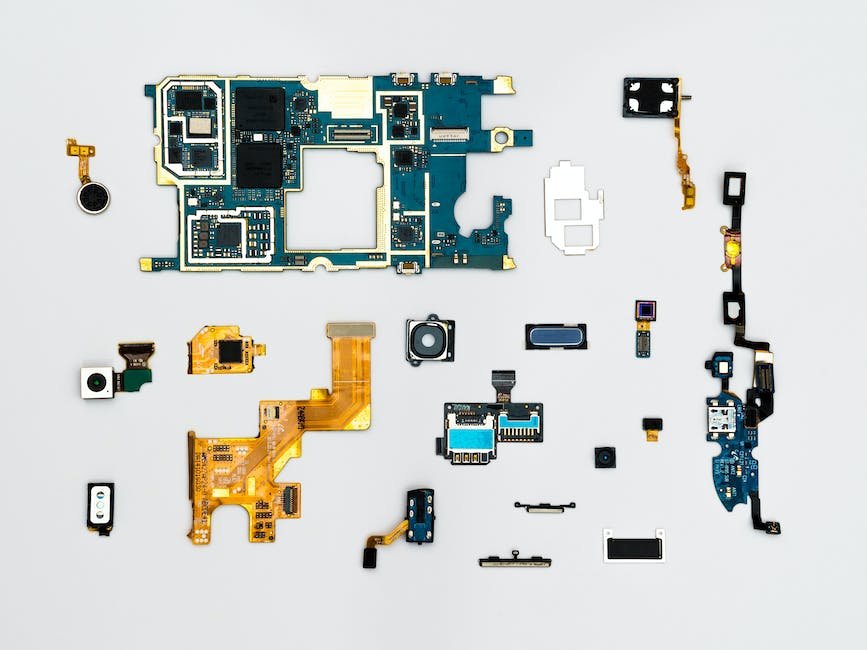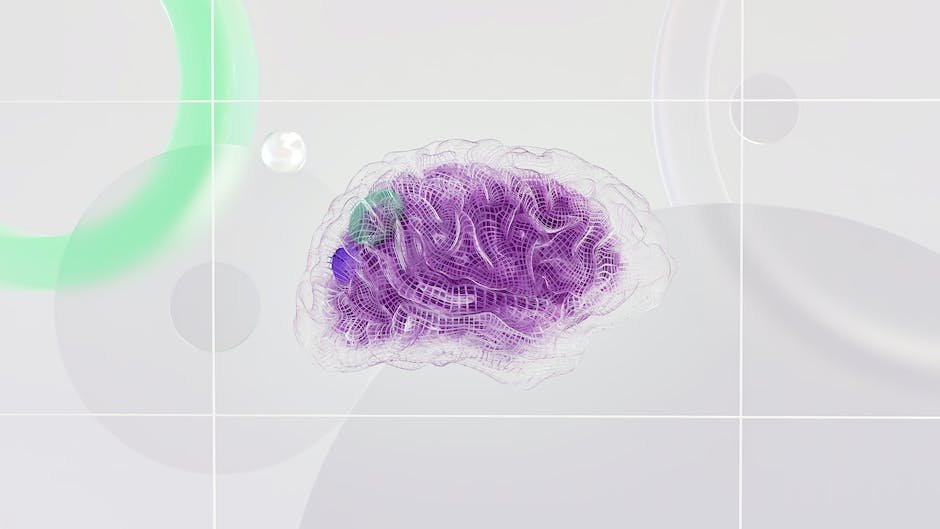As we continue to innovate and digitize at an unprecedented pace, artificial intelligence (AI) stands at the forefront of this technological revolution. A significant development within this field, OpenAI’s language comprehension model, ChatGPT, is pioneering applications ranging from customer service to content creation with its human-like text production. Despite earning global appeal for its advanced capabilities, it is important to understand the workings of this tool, its limitations, and the alternatives available in the comprehensive landscape of AI conversation models. Through the following discussion, we will delve into the mechanics of ChatGPT, identify its weaknesses, explore potential substitutes, and speculate on the future of conversational AI.
Understanding ChatGPT
Riding the AI Wave: The Unraveling Popularity of ChatGPT
Artificial Intelligence has undeniably taken a central role in our society, with technological advances reshaping lives and businesses. Among these tech innovations, few have sparked as much attention as the OpenAI’s GPT-3, specifically, its child project, ChatGPT. This exceedingly advanced language model, based on machine learning, is revolutionizing digital communication and natural language processing, garnering immense interest, and begging the essential question: what makes ChatGPT a standout in the AI world?
At a sheer basic level, ChatGPT is a cutting-edge machine learning model developed for nuanced human-like text generation. However, defining it merely as an artificial language model hardly does justice to the sophistication it brings on board. The key secret is in its prime feature, the Generative Pretrained Transformer 3 (GPT-3) model, a game-changing development in the broader field of artificial intelligence. This model leverages an extensive amount of internet text in its training, enabling it to predict and generate uncannily human-like responses.
It’s almost unthinkable not to draw attention to the staggering complexity of GPT-3. With 175 billion machine learning parameters, ChatGPT exudes complexity and power that far outstrips its predecessors. This constructor’s dream number translates to a tool with immense potential. It harbors the ability to understand contexts, recall knowledge, and generate meaningful, grammatically sound, and contextual responses.
The true allure of ChatGPT lies in its interactions – the perception of human-like conversation. Unlike conventional AI models, this technology provides more fluid and realistic outputs, going beyond literal answers and into the realm of intricate, context-specific responses. Its usage in customer support, virtual assistance, and creative content generation underscores this feature, with outputs often indistinguishable from human responses.
Not to neglect the importance of automation in this tech-driven age, ChatGPT is an automation advocate’s delight. It bypasses the need for manual conversation tree mapping common in conventional AI communication models, allowing for responses formulated through unsupervised learning. Furthermore, its scaling capabilities make it an unrivaled automation tool for creating engaging and interactive digital platforms. Its usage leaps the boundaries of mere text-based interaction, extending to infographic generation, code compilation, and even designing 3D models – a testament to its application versatility.
Moreover, ChatGPT is also a harbinger of new opportunities for technical innovation. It’s not solely a tool but also a platform for programmers to explore the boundaries of artificial intelligence and natural language processing.
In conclusion, the popularity of ChatGPT stems from its leap in the realms of machine learning, as well as its context-aware, natural language generation capability. Coupled with automation potential and an open platform for innovation, it represents not just a revolution in AI communication but also a new frontier in technological exploration and creativity. After all, it’s not just binary codes and algorithms; it’s the burgeoning language of the virtual world.

Analyzing the Limitations of ChatGPT
As enticing as ChatGPT’s potential and performance are, it is necessary to discuss its limitations and challenges. There isn’t a single technology under the sun that doesn’t have its own set of hurdles and ChatGPT is no exception. Knowing about these constraints allows for acknowledging areas of growth and may stimulate novel solution-oriented discussion.
To start, despite ChatGPT’s powerful language generating prowess, dealing with ambiguous queries is a notable issue. The technology may respond effectively to clear, straightforward prompts, but when presented with vague or multifaceted questions, it sometimes falters. The model lacks fine-tuned understanding; text semantics might confuse it, such as words having multiple meanings depending on the context. A model like ChatGPT does not possess a human-like knowledge of the world – it only knows what’s been written into its code and taught through data training. Therefore, it may misinterpret instructions, or produce answers that, though grammatically correct, lack in accurate real-world context or understanding.
Another significant limitation is its inability to fact-check information. Since ChatGPT draws from a static dataset, it may generate outdated or inaccurate information. Furthermore, it cannot access or retrieve personal or confidential data unless it has been included in the training data, which poses a potential risk for privacy and data security. Therefore, it’s imperative to use it responsibly.
The chatterbot’s inability to ask clarifying questions is also a key problem. If ChatGPT does not fully understand the nature of the input, rather than seeking to clarify, it often produces a generic response. An ability to seek further clarification by asking supplementary questions could markedly enhance its accuracy of response.
Another common criticism is ChatGPT’s verbosity. At times, it tends to generate over-expanded responses more than necessary, potentially causing frustration for a user seeking succinct replies. Striking a balance between necessary detail and brevity is a challenge.
ChatGPT can inevitably generate offensive or biased output. This reflects limitations in the training data and is a problem seen across AI systems. Steps need to be taken to ensure the machine learning model can handle and avoid generating content that could be considered inappropriate or harmful.
Lastly, there’s the alarming possibility of misuse. Platforms powered by GPT-3 like ChatGPT can be used to generate seemingly human-like text, creating potential for deception, misinformation, or the output of harmful content. As such, ethical guidelines and use monitoring become an utmost priority.
Despite these limitations and challenges, it’s important to acknowledge that ChatGPT represents a major step forward in machine learning and natural language processing. The technology is still in its developmental stages, so these limitations may well be solvable as the AI models continue to learn and advance. Without a doubt, AI like ChatGPT is a crucial tool for shaping a future where routine tasks are automated, and tech barriers become a thing of the past.

Exploring the Alternatives to ChatGPT
Alternative AI Technologies Competing with ChatGPT
Evaluating the intriguing universe of artificial intelligence (AI), it’s impossible not to wonder if there exists an alternative technology that can hold its own against OpenAI’s ChatGPT. The main question on the table: can these alternatives compete with, or even surpass, the capabilities of ChatGPT?
Stepping into this arena, let’s explore some AI alternatives worthy of note. Google’s BERT (Bidirectional Encoder Representations from Transformers) has gained significant traction. BERT’s strength lies in its ability to understand context in a bilateral manner, processing each word in relation to its surrounding words rather than in isolation. This characteristic contributes to BERT’s outstanding performance in tasks such as sentiment analysis, text completion, and named entity recognition.
Facebook’s Blender chatbot, another promising contender, aims to provide more engaging dialogues compared to its counterparts. Crafted on a diverse set of 1.5 billion public-domain conversations, the prowess of Blender lies in its chitchat capabilities. It can produce responses enriched with emotive language and even sprinkle conversations with appropriate humor.
From Microsoft, Turing NLG (Natural Language Generation) is also worth attention. Its key unique feature is the scale – positioned as the largest generative language model ever published. With 17 billion parameters, Turing NLG is capable of generating more coherent and contextually relevant sentences over a broader array of topics.
Another notable alternative is the GPT-2, the predecessor of GPT-3 and ChatGPT. While it possesses only a fraction of GPT-3’s parameters, GPT-2 can still deliver meaningful and grammatically correct sentences, excelling in text generation tasks. It offers a cost-effective choice for businesses seeking to implement AI without the hefty cost of utilizing GPT-3.
Prospective future advancements may even incorporate AI technologies developed using quantum computing. While moving at a deliberative pace, progress in quantum computing promises exciting breakthroughs. Once fully realized, QAI (Quantum Artificial Intelligence) has the potential to redefine the boundaries of what’s possible in AI, thanks to its enormous computational capabilities.
However, considering these alternatives does not imply a dismissal of ChatGPT. Each of these models we’ve discussed embodies distinct strengths and limitations, borne of their unique approach to problems. The core challenge remains the lack of general intelligence, a dilemma reflected in issues like maintaining context over longer conversations and fully understanding nuances and emotions.
Every AI mentioned here can’t definitively outperform ChatGPT across all tasks, exhibiting superiority in certain areas while trailing in others. Nevertheless, this extensive array of AI technologies signifies the rich and diverse landscape of current AI research and development. This leads to the optimistic conclusion that the hunt for the perfect chatbot model is far from over; the AI explosion is only just beginning.

The Future of Conversational AI
Next-Gen Advancements Rivaling ChatGPT in the AI Landscape
As well-established as ChatGPT may be, AI technology is an ever-evolving field. This holds promise for even more dynamic and functional models that could redefine AI as we know it. With many organizations exploring the domain and producing high-potential projects, we’re ready to anticipate more remarkable progress.
A keen competitor for the OpenAI model is BERT, short for Bidirectional Encoder Representations from Transformers. Developed by Google, it has proven expertise in handling the nuances of language. BERT’s bidirectionality gives it an edge over models that process text in only one direction—which in turn enhances its understanding of context and interpretation of queries.
Meanwhile, Facebook is hustling in the race with its AI chatbot, Blender. Touted as the largest-ever open-domain chatbot, it has been trained with diverse data on numerous subjects, for superior conversational ability. With such comprehensive education, Blender reveals an apparent advancement that may outwit ChatGPT, especially considering its ability to demonstrate empathy and humor in an organic flow of dialogue.
Then there’s the Turing NLG by tech giant Microsoft. A gargantuan model with 17 billion parameters, Turing was developed to generate text matching human-like conversation. It’s showing promise to bypass ChatGPT in delivering sophisticated conversational experiences, thanks to its superior comprehension and response generation.
Even ChatGPT’s predecessor, GPT-2, paved the way with its predictive capabilities and understanding of context. Its unique selling point was crafting coherent and relatively complex pieces of text just from a simple prompt, hinting at future models that may excel at generating more intricate and authentic responses.
And then there’s forward-thinking quantum computing, set to magnify the AI landscape. Quantum Artificial Intelligence aims to fuse the computation power of quantum mechanics with AI, which could significantly advance machine learning models. This could revolutionize the next generation of AI, possibly outpacing ChatGPT in dealing with complex queries and understanding nuanced language.
However, core challenges await these AI models, some being retaining context over long conversations, understanding emotions accurately, and simulating human-like ambiguity in responses. Consequently, future models will need to solve these issues to truly surpass ChatGPT in versatility and applicability.
While acknowledging the remarkable progress made by ChatGPT, it is evident that the realms of AI communication and technological exploration are only expanding. As different models learn from each other’s strengths and drawbacks, it augurs an exciting future for AI. As tech enthusiasts, it is a journey we keenly look forward to and passionately engage with. Time will reveal what the tomorrow of AI has in store. Looking at the promise these projects show, it appears that the future is here, and it’s surprisingly talkative.

As technology relentlessly progresses, the capabilities of AI continue refining and expanding scopes beyond our wildest imaginations. Understanding the intricacies of ChatGPT, acknowledging its shortcomings, and weighing it against other embodiments of sophisticated AI tech, such as Facebook’s Blender, Google’s Meena, and Microsoft’s Turing NLG, help us grasp the enormity and dynamics of the sector. The field of AI conversational agents is far from homogeneous, evident in the distinct elements that different models bring to the table. Gathering insights into these varied approaches aids us in imagining a brighter, more efficient future promised by persistent upgrades in conversational AI. This future may well bring forth models that surpass ChatGPT in delivering superior, contextually nuanced, and indistinguishable-from-human communication.




